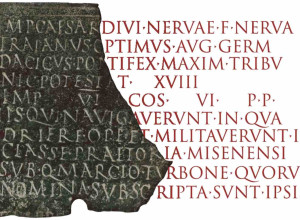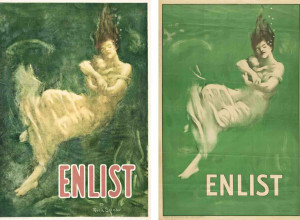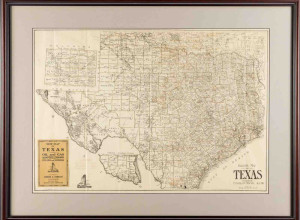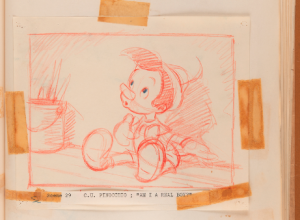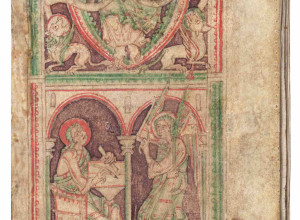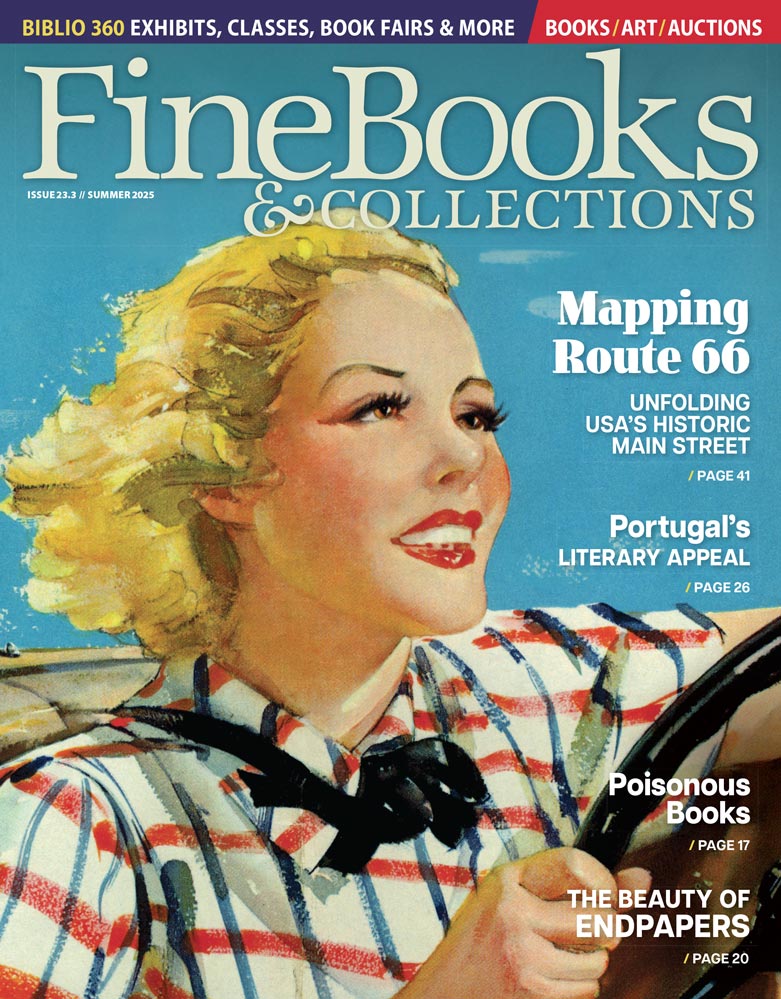Small Press Experimental Poetry Focus at New Grolier Exhibition
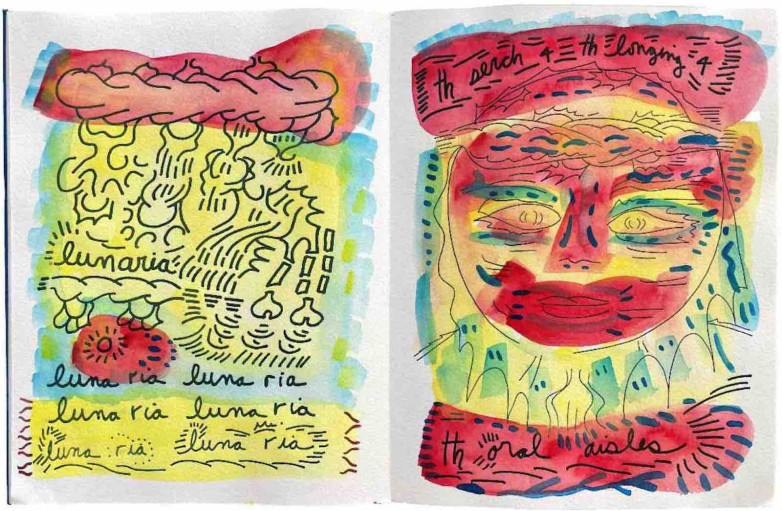
bill bissett's Lunaria, Granary Books, 2001
A new exhibition at the Grolier Club will examine the verbal and visual qualities of experimental poetry presented by publishers of small independent presses.
On view in the club’s ground floor gallery from April 23 through July 26, After Words: Visual and Experimental Poetry in Little Magazines and Small Presses, 1960–2025 will explore the evolution of an international poetry movement - variously called visual, concrete, or sound poetry - and the simultaneous “mimeograph revolution” of small, independent poet- and artist-operated presses and little magazines.
A thematic journey through the recent history of visual poetry, After Words draws from the collection of Steve Clay at Granary Books, an imprint that has published verbal/visual works for 40 years, and is curated by Clay and Grolier Club member M.C. Kinniburgh, in collaboration with Conley Lowrance. The exhibition features more than 130 works from little magazines and small presses that trace many forms of experimental poetics, including cut-up, collage, sound poetry scores, performance scripts, practices of “writing through,” erasure, asemic writing, glyph systems, calligraphy, experimental typography, non-Western alphabets, assemblages, and beyond. An accompanying catalog is published by Granary Books.
“The radical and experimental approaches of the poets, artists, magazines, and presses in this exhibition are increasingly relevant," said Kinniburgh and Clay. "Now more than ever, we live in text-based environments that are increasingly image-heavy, social media, email, the Internet. We continue to share the anxieties that haunted the first generations of concrete and visual poets, war, nationalism, ecological destruction. In turning our ears and eyes towards these poets, may the evidence of their efforts inspire us to create works and communities that sustain us.”
After Words begins with a selection of works that show some of the defining characteristics of visual poetry. Cecilia Vicuña’s quipu invokes the ancient system of knotted cords that recorded the literature of the Incas. She describes her work Chanccani Quipu (Granary Books, 2012) as “a book/sculpture that condenses the clash of two cultures and worldviews: the Andean oral universe and the Western world of print.” Also on view is d.a. levy’s The Tibetan Stroboscope (Ayizan Press, 1968), printed on newsprint to evoke and subvert mass media ontologies, and Johanna Drucker’s Stochastic Poetics (Granary Books and Druckwerk, 2012), which was composed at the type case of the printing press, with each sheet going through the press numerous times over a two-year period, rendering no two copies alike.
Visual poets often experimented with techniques like cut-up and collage to bring physicality into their practice, and express political or spiritual commentary. Many works on view in After Words repurpose advertising images or earlier texts to create new effects, including Harry Smith’s collage for Fruit Cup (Beach Books, Texts, & Documents, Inc., 1969), with images of fish, string cat’s cradles, and hand drawings. Wallace Berman’s untitled lithograph poster/poem (John Martin, 1967) incorporates the Hebrew alphabet and Kabbalistic elements, with a repeating motif of a hand holding a transistor radio upon which other images are projected. This section also displays many of the Beat-affiliated little magazines that were foundational to cut-up, including the works of William S. Burroughs and Brion Gysin.
Many works of visual poetry are calligraphic, using the poet’s handwriting and the layout of the page to create patterns and spatial poem-drawings, or are experiments with asemic writing, which use non-alphabetic languages, codes, signals, and other forms of imaginative meaning. Hetty MacLise’s cover for the Psychedelic Issue of Aspen, no. 9 (Roaring Fork Press, 1971) features a hazy mystical scene of a winged horse in the sky, painted in vibrant orange and hot pink hues. bill bissett’s Lunaria (Granary Books, 2001) explores the artist’s 'home planet' of Lunaria, with expressive hand-painted drawings and creative explorations of language, such as “les moon rayze” and “happeeness in ths short life.”
Visual poetry was uniquely poised to transcend languages and nationalities, becoming an international movement through the use of symbols, signs, codes, and other non-alphabetic elements. Examples on view in After Words include Shoji Yoshizawa’s Shi Shi: Concrete & Visual Poetry, no. 2 (May 1981), which transforms Japanese Kanji characters into abstract and sculptural forms. Herman Deman’s Braille-Pouim (N.p., 1968), a poem embossed with the braille alphabet, primarily repeats the letter “w,” with one line spelling the word “white” to evoke the monochrome of the page itself. Hock E Aye Vi Edgar Heap of Birds’s political visual work also appears in this section, reminding us of the importance of the indigenous perspective in experimental poetry.
Among many other highlights on view in After Words is:
- a 1969-1977 comprehensive run of Kontexts, a publication that championed 'visual poetics' through dozens of visual, spatial, graphic, and concrete works
- examples of artists experimenting with Xerox technology which became widely available and increasingly affordable, including a 1990 monumental poster by artist mIEKAL aND that he described as a “serial poem of voices interacting in global neologism
- and examples of the importance of typography and typeface design, such as in the work of noted concrete poet Ian Hamilton Finlay, whose work often evoked pastoral and nautical themes





